
Colorized plan of the Domus Aurea Ancient architecture, Rome history
The Domus Aurea ( Latin, "Golden House") was a vast landscaped complex built by the Emperor Nero largely on the Oppian Hill in the heart of ancient Rome after the great fire in 64 AD had destroyed a large part of the city. [1] It replaced and extended his Domus Transitoria that he had built as his first palace complex on the site. [2] [3] History

34 best Domus Aurea images on Pinterest Ancient rome, Ancient
The Domus Aurea once contained 300 rooms, grand gardens, an artificial lake, and even a rotating dining room. The palace complex spanned at least 50 hectares (123 acres) in the heart of the city of Rome.
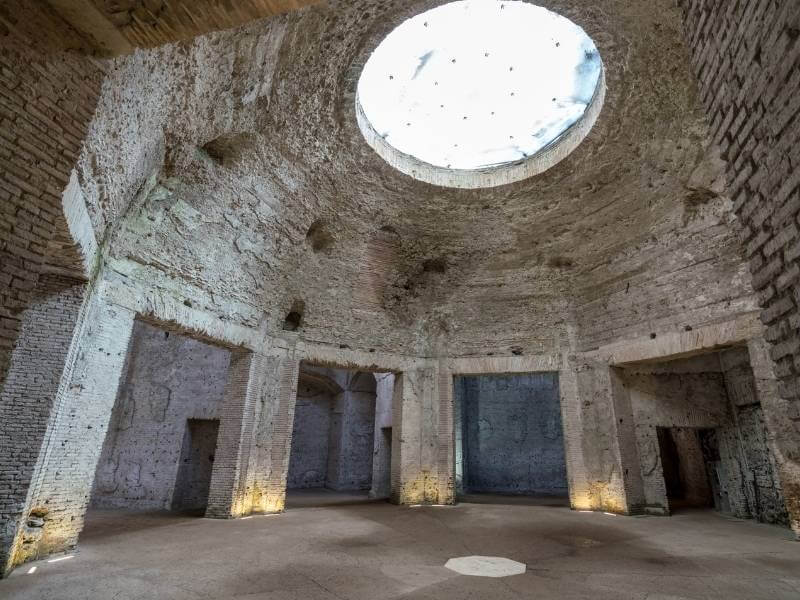
Domus Aurea in Rom Infos & Tickets zu Neros Palast
This paper aims to reconsider some issues concerning Domus Aurea's wall paintings and their reception in the Early Modern Age. The first part of the article is focused on two main archaeological issues.

The reconstruction of the Virtual Neronis Domus Aurea Aurea, Imperio
The "Domus", or house, which according to the Emperor had to be "Aurea" (golden) because it had to reflect the light he emitted as the sun God, was built by Nero following the terrible fire that destroyed a large part of Rome in 64 A.D. However, Nero died a few years later and the residence only outlived him for a handful of years: palazzi, gardens, porticos, fountains and statues were.

Pin on Ancient Rome and Greece
A sweeping visual history of the fascinating vault inside Emperor Nero's Domus Aurea. The Volta Dorata is a vault in Rome's Domus Aurea, built by Emperor Nero in AD 64-68. This volume provides a critical analysis of all graphic works―including drawings, watercolors and engravings―depicting the Volta Dorata since its discovery by early.
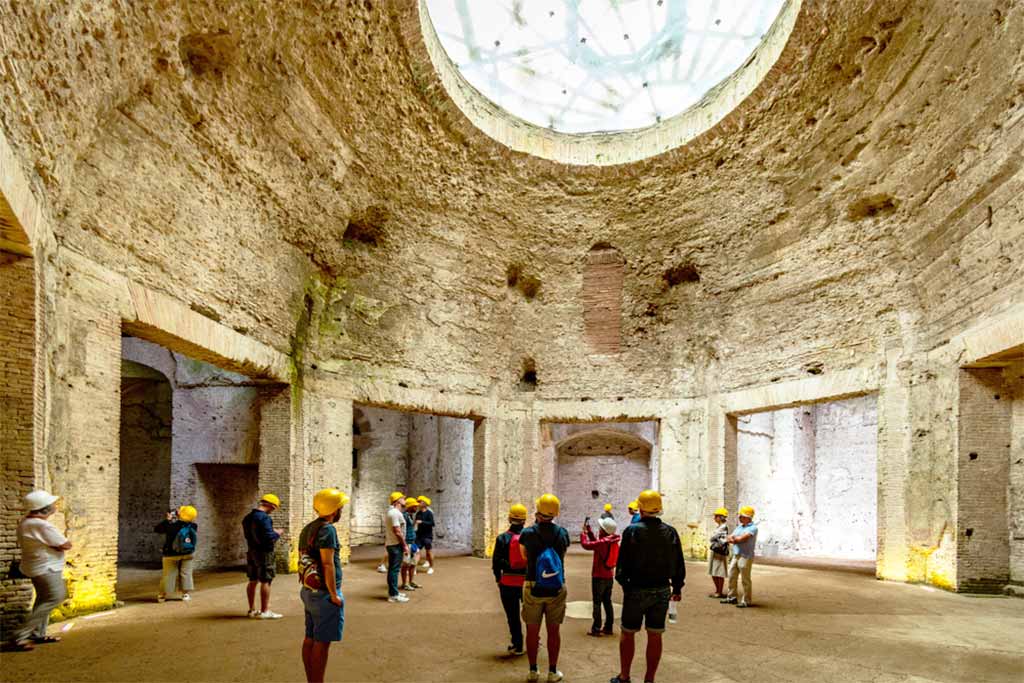
The Domus Aurea reopens to the public Italy Rome Tour
Howard Hudson (CC BY-SA 3.0) The Great Fire of Rome, in 64 CE, left much of the city in ruins. On the Oppian Hill, where the homes of Rome's elite used to stand, the mad emperor Nero built.

Épinglé sur architectural history, mimarlık tarihi
Domus Aurea: the golden and the grotesque. Nero's spectacular palace in Rome, the Domus Aurea or 'Golden House', was rediscovered in the Renaissance. Dalu Jones describes how the opulent designs of its ancient halls inspired some of the most celebrated artists of the 15th and 16th centuries. Start. Minerva Magazine.
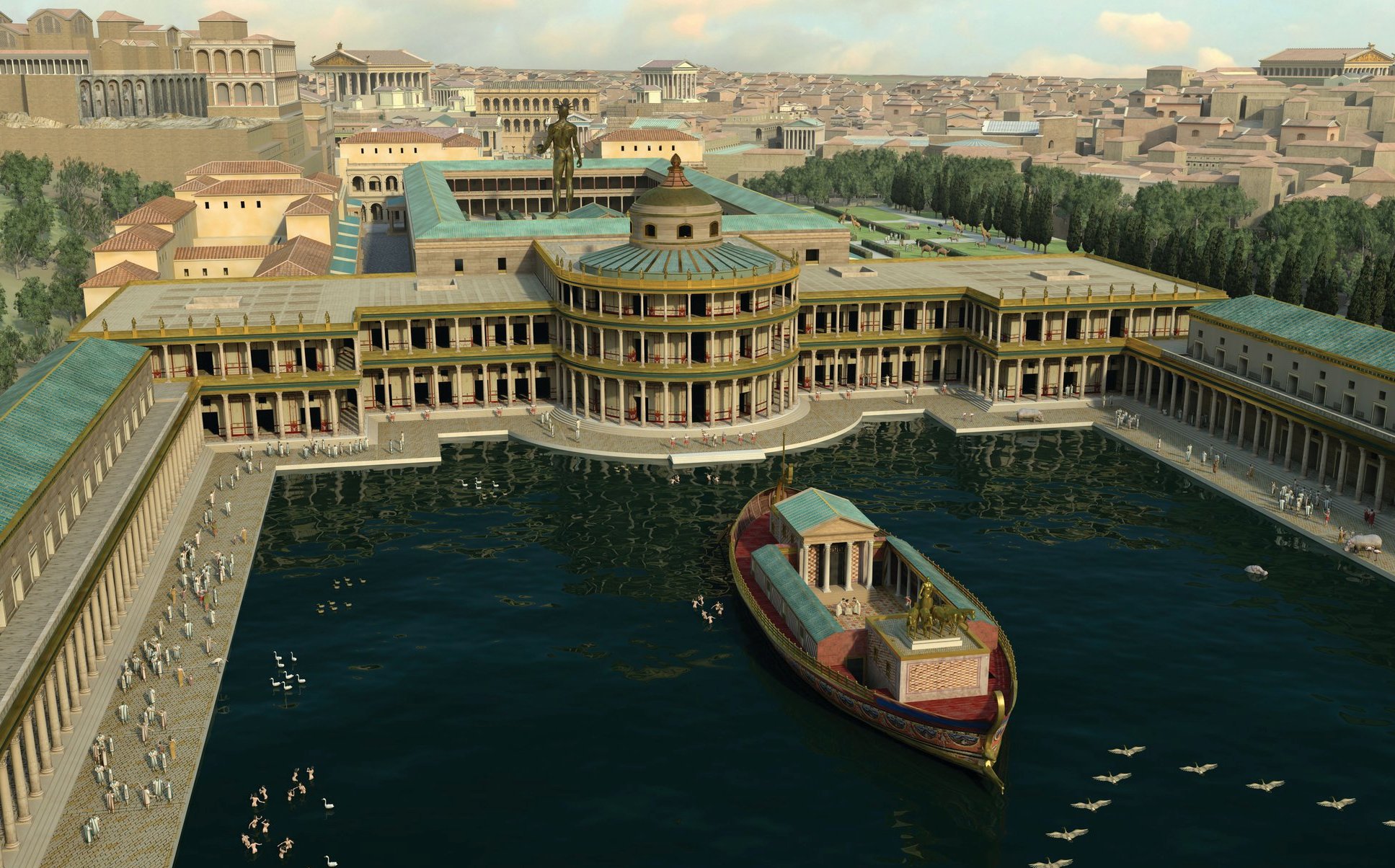
Domus Aurea Zlatý palác přivedl Nerona na mizinu EpochálníSvět.cz
between Domus Transitoria and Domus Aurea is as simple as Suetonius's text indicates: the Domus Transitoria was the first project, from its inception in ca. a.d. 60 until the fire. After the fire came the Domus Aurea, from a.d. 64 to the end of Nero's reign in a.d. 68. All ancient literary sources that name both buildings

Pin on Peter Connolly
Inside the Domus Aurea, once the home of Emperor Nero in ancient Rome. CBS News Two thousand years ago, this labyrinth, now underneath the city of Rome, was the sprawling home of Emperor Nero.

Romano Impero Domus Aurea Ancient roman houses, Roman architecture
Cryptoporticus, Domus Aurea, 65-68 C.E., Rome Emergence of the grotesque When the palace was discovered, most of the walls were hidden below ground, but explorers were able to get up close and personal with the ceilings.

056AUGUSTUS(27BC TO 98AD)TRAJAN restored view of Octagonal room, of
After Nero's death in 68 AD, the emperors who succeeded him returned large parts of the Domus Aurea to the city. Thus, on top of Nero's palace , rose public monuments like the Colosseum and all the buildings connected with it (eg the gladiators' barracks, their hospital and the depot for the stage equipment used during the spectacles.

Ancient Rome, Ancient Cities, Ancient Art, Ancient History, Art History
The Domus Aurea in Rome. Built for Emperor Nero after the great fire that devastated Rome in 64 AD, the Domus Aurea (the Golden House) was a huge, extravagant - and somewhat megalomaniacal - palace covering dozens of acres! After falling into oblivion, the Domus Aurea was rediscovered in the 15th century and is now open to visit: an.
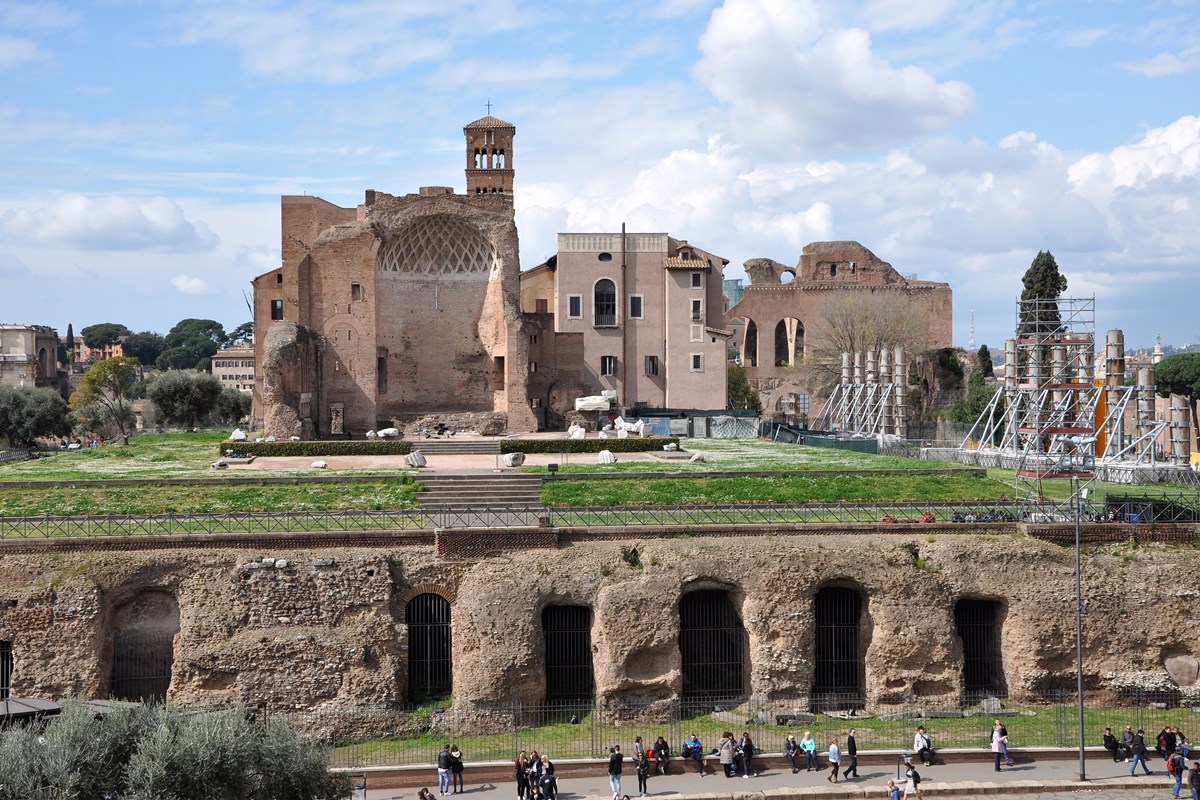
Domus Aurea Het gouden huis
Article by Mark Cartwright published on 01 March 2014 Listen to this article Nero 's Golden House (the Domus Aurea) in Rome was a sumptuous palace complex which played host to the wild parties of one of Rome's most notorious emperors.

IPAT2015_BrognoliOliviero The reconstruction of the Virtual Neronis
The Domus Aurea, Nero's Golden Palace. Hidden below the modern ground level of Rome lies the palace of the Emperor Nero (known as the Domus Aurea, the Golden House), one of the largest and most complicated Roman imperial complexes ever constructed. Roman emperors traversed its labyrinthine rooms and passageways, and centuries later the ruins.

Palatine Hill Reconstruction Roman house, Ancient architecture
The Domus Aurea, or the "Golden House," was a large and extravagant palatial complex built by Emperor Nero in Rome in the mid-first century CE. Renowned for its opulence and splendor, the Domus Aurea covered a vast area, including gardens, pavilions, fountains, pools, and even an artificial lake. The Palace's many rooms were covered in gold and decorated with precious stones and gems.
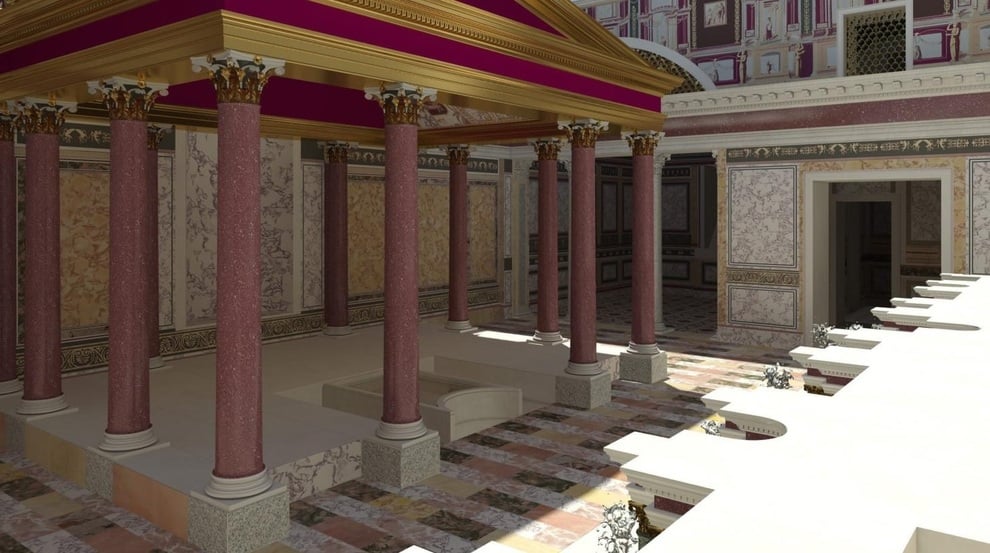
Nero’s Domus Transitoria reopens » Rome Vatican Card
Nero's palace, the Domus Aurea (Golden House), is the most influential known building in the history of Roman architecture. It has been incompletely studied and poorly understood ever since its most important sections were excavated in the 1930s. In this book, Larry Ball provides systematic investigation of the Domus Aurea, including a.